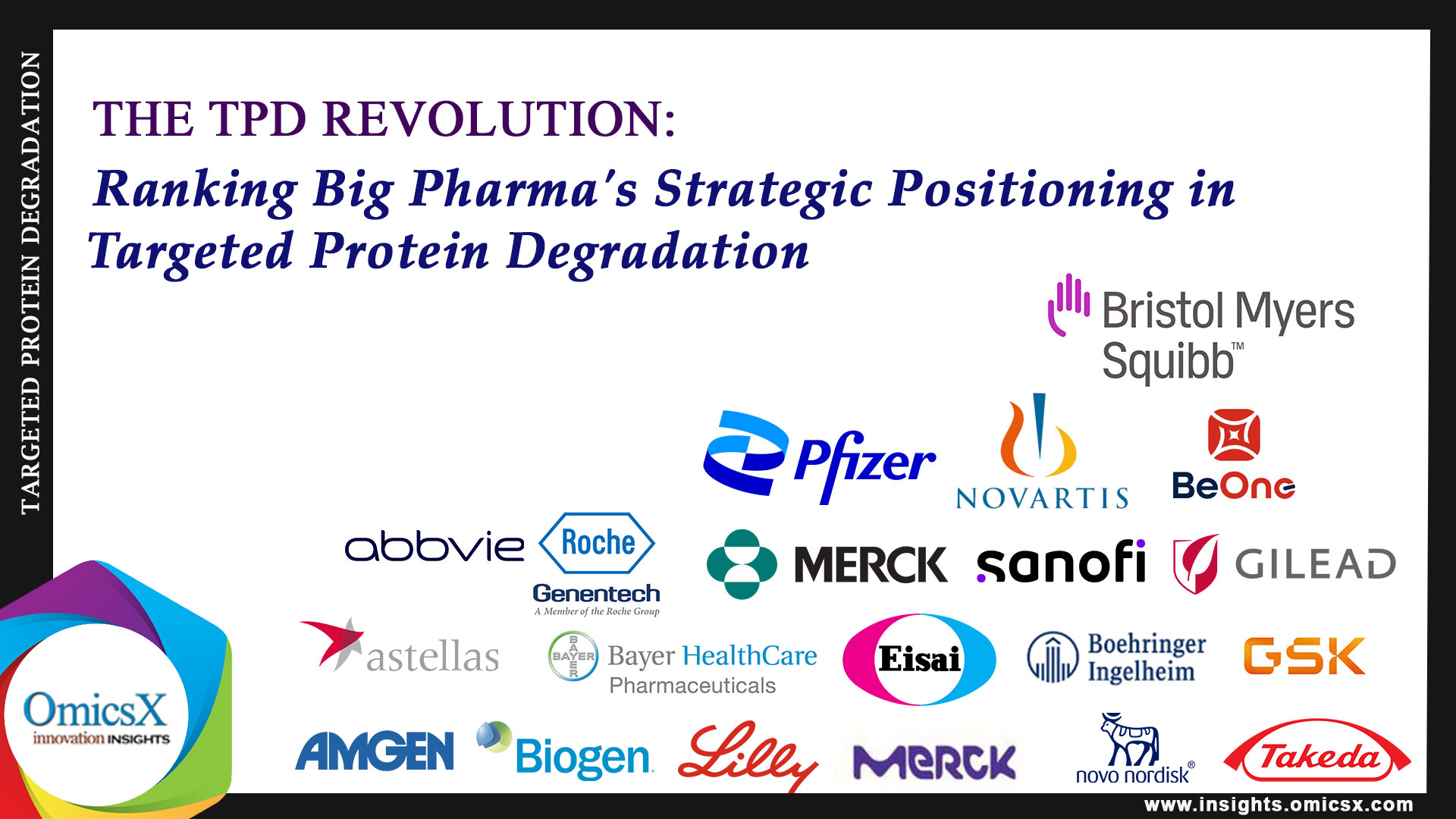The pharmaceutical industry is witnessing its most dramatic power shift in decades, and most people haven’t even noticed. Behind closed doors, the world’s largest drug companies are placing multi-billion-dollar bets on a technology that promises to make the ‘undruggable’ druggable. But with clinical trials reaching critical inflection points and M&A activity accelerating, the window for pharmaceutical leaders to secure their TPD dominance is rapidly closing. Our exclusive analysis reveals which companies are winning this high-stakes race—and which are already falling behind.
The TPD Revolution: Why It Matters Now
Targeted protein degradation represents the most significant paradigm shift in drug discovery since the advent of monoclonal antibodies. Unlike traditional medicines that merely block proteins, TPD technologies eliminate disease-causing proteins entirely—unlocking the 85% of the human proteome previously considered “undruggable.” With the global TPD market projected to exceed $50 billion by 2030, pharmaceutical companies face a stark choice: lead, follow, or become irrelevant.
Our comprehensive analysis evaluated 400+ drug developers across the TPD ecosystem, revealing how Big Pharma’s partnership strategies and billion-dollar investments are creating new hierarchies of power. This strategic positioning in TPD will determine competitive advantage for the next decade—and the winners are already emerging. Our analysis reveals that 85% of meaningful TPD innovation now flows through Big Pharma alliance networks, fundamentally altering the competitive dynamics of drug development.
Our Strategic Ranking Framework
We ranked 1-20 the BIG pharma companies’ current position in TPD Drug Discovery based on their alliance network centrality, partnership portfolio scale, technology platform control, clinical asset advancement, and strategic ecosystem influence across the targeted protein degradation landscape.
Methodology: Mapping the Alliance Architecture
Our comprehensive evaluation framework analyzed 400+ TPD drug developers through the lens of Big Pharma dominance, examining five critical dimensions:
-
Alliance Network Centrality (35%) – Position within Big Pharma partnership ecosystems and deal flow influence
-
Financial Integration Depth (25%) – Scale of Big Pharma investments, milestone structures, and co-development commitments
-
Technology Platform Access (20%) – Exclusive licensing rights, joint development capabilities, and IP sharing arrangements
-
Market Channel Control (15%) – Commercial partnerships, co-promotion rights, and global distribution access
-
Strategic Dependency Index (5%) – Reliance on Big Pharma for validation, funding, and clinical advancement
This analysis reveals not just who’s winning, but how Big Pharma alliance strategies are creating sustainable competitive moats that will define TPD leadership for years to come.
The Alliance Aristocracy: Big Pharma’s TPD Power Rankings
Tier 1: The Alliance Architects (Network Dominance Score 90-100)
1. Bristol Myers Squibb – Network Score: 97
Strategic Position: The TPD Ecosystem Orchestrator
Bristol Myers Squibb doesn’t just participate in the TPD ecosystem—they control significant portions of it. Beyond their $13+ billion in commercial TPD revenue, BMS has systematically built the industry’s most comprehensive alliance network spanning every major TPD modality.
Alliance Network Advantages:
-
Direct equity stakes in 8+ emerging TPD companies including GlycoEra AG, Orum Therapeutics options
-
Technology platform partnerships across CELMoDs, DACs, and novel degradation mechanisms
-
Vertical integration strategy controlling discovery, development, manufacturing, and commercialization
-
Regulatory pathway dominance with FDA/EMA relationships no competitor can match
Why They Lead: BMS has created a self-reinforcing ecosystem where their commercial success funds strategic investments, which generate new technologies, which create more commercial opportunities.


